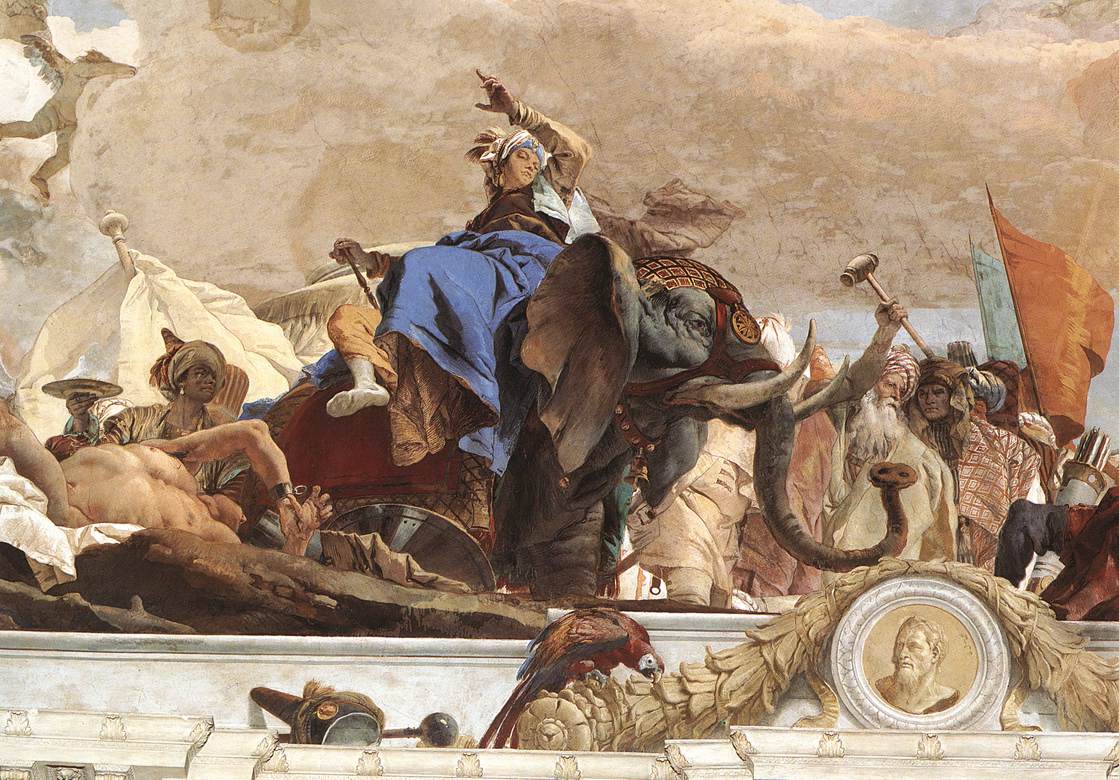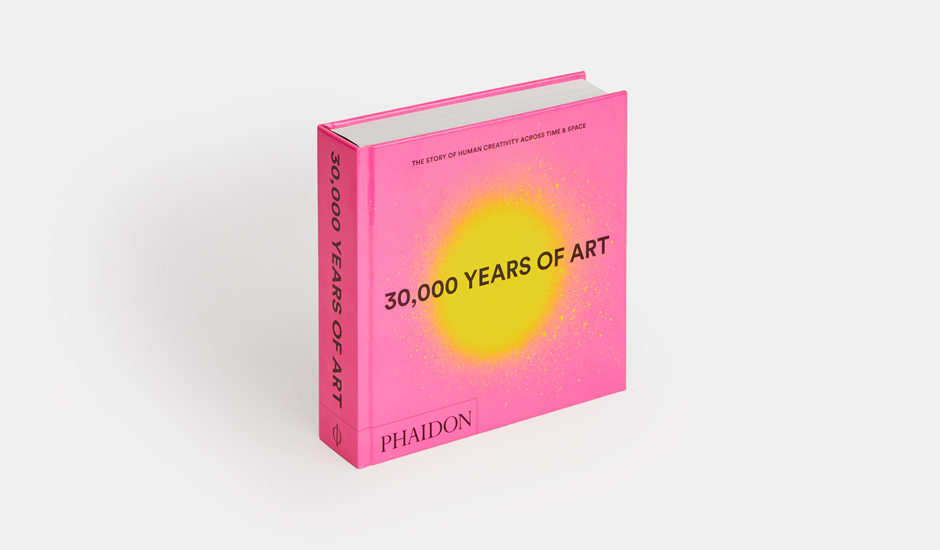
The Fresco that rebelled against the Enlightenment
Its painter Giambattista Tiepolo, was born today in 1696. This is how he helped the church with his art
The scientific, geographical and philosophical developments of the 18th century known as the Enlightenment have benefitted almost everyone. However, certain, powerful religious figures understood how this all threatened their standing, and called upon the greatest artists of the age to shore up their power – people such as Giambattista Tiepolo, the Venetian artist and craftsman who was born on this day, 5 March, in 1696.
“The last of the great fresco painters from Italy, Tiepolo brought traditional methods of wall painting to a triumphant climax around 1750, when he was commissioned to decorate the grand staircase of the Royal Palace in Würzburg,” explains our book, 30, 000 Years of Art. “The completed fresco, showing allegorical figures representing the four continents, was intended to glorify the Catholic Church and, specifically, the Catholic prince-bishop of Würzburg, Karl Philipp von Greiffenklau, whose portrait dominates the allegorical imagery of Europe.
“In an age of Enlightenment, scepticism and early industrialization, the certainties of Catholicism were here portrayed with glorious verve and dramatic perspective by Tiepolo,” our book goes on, focussing on the Asian portion of the fresco. “Asia (top image) is portrayed as a woman wearing a turban and sitting on the back of an elephant that drags a captive. A European merchant oversees goods intended for shipment to Europe, and a tiger hunt is underway. The intermingling of contemporary and allegorical figures together with exotic costumes, plants and animals displays the artist’s enormous range of expression and attention to detail.”

Meanwhile, in a chapter devoted to The Invention of America in her book Exotic: A Fetish for the Foreign, the American academic Judy Sund takes a look at Tiepolo’s other continents.
“Tiepolo’s Asia shows the continent in crumbling decline, whereas Europe is still on the rise: a building is going up behind that continent’s queenly personification, who sits amid testaments to her political and cultural clout. Furthest from Europe, at the opposite end of the stairwell, America sits in a primordial landscape overhung with dark clouds.”
Certainly, the Catholic elite seems to rule over this beautiful, stylised version of the globe, yet Tiepolo’s undeniable artistry wasn’t quite powerful enough to hold back the march of progress. The last Prince-Bishop of Würzburg died in 1808 and the region became part of a secular state in 1801. Today his beautiful fresco reminds us of Europe’s folly as much as its majesty.
For more on Tiepolo’s place in art history, get 30,000 Years of Art; for more on the enduring human love affair with the exotic and the strange, and its impact on Western culture, get Exotic.